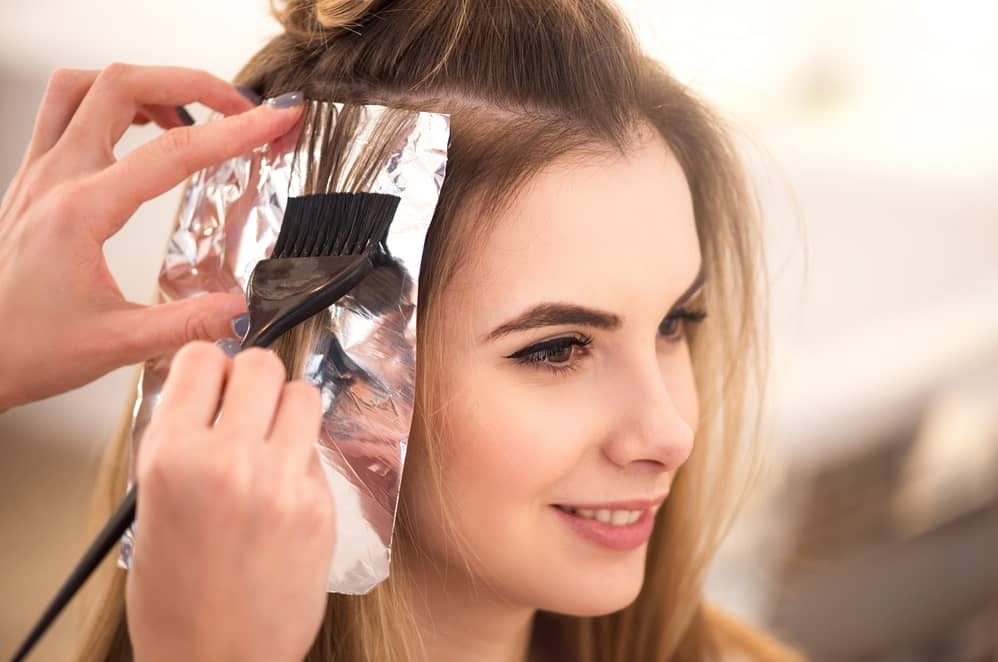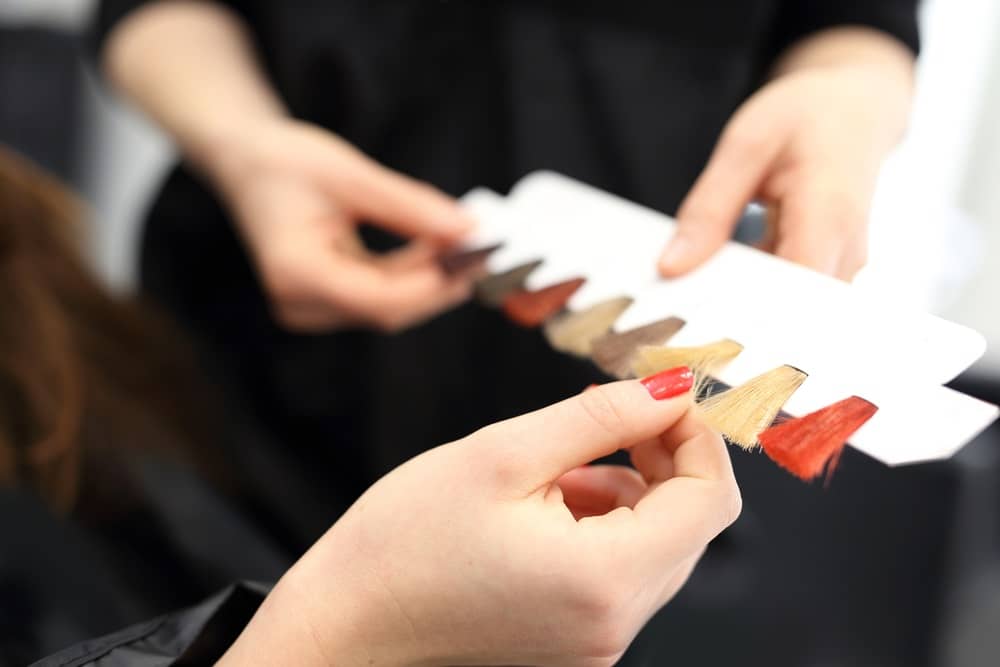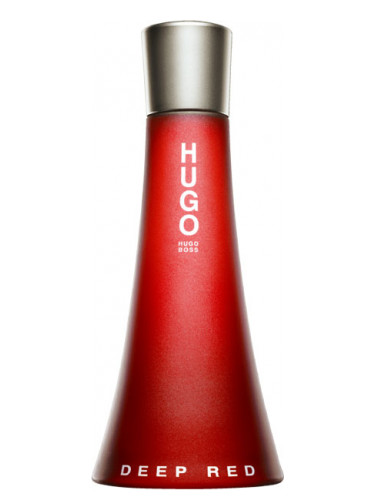Dyeing your beard white can be a bold, stylish choice, whether you’re aiming for a wintery Santa Claus look, embracing a striking contrast, or simply playing with a new aesthetic. Achieving a natural-looking white beard takes some finesse, but it’s entirely doable with the right technique and products. Here’s a comprehensive guide to help you get there.
Step 1: Assess Your Beard
Before you dive into dyeing, take a moment to examine your beard. Factors like the current color, length, and texture will influence the dyeing process.
- Natural Color: If you have a darker beard (brown, black, or red), it may require bleaching first to achieve a pure white hue. Lighter beards (blonde or gray) can usually skip the bleaching step.
- Length and Thickness: Longer or thicker beards may need more product and extra time to ensure even coverage.
- Condition: Make sure your beard is in good health. If it’s damaged or brittle, take a week or two to condition it before dyeing.
Step 2: Gather Your Materials
To dye your beard white, you’ll need a few essential tools and products:
- Beard bleach (for darker beards)
- White beard dye (Look for dyes specifically formulated for facial hair)
- Developer (Usually comes with the dye, but confirm the appropriate volume based on your beard type)
- Beard brush or comb
- Gloves (To protect your hands from dye stains)
- Vaseline or a barrier cream (To apply around your beard and avoid skin staining)
- Towels (Preferably old ones you don’t mind getting stained)
- Aftercare products (Beard oils or conditioners to maintain health after dyeing)
Step 3: Bleaching (If Necessary)
If your beard is naturally dark, the first step toward achieving a white beard is bleaching it. This can be the trickiest part since bleach can be harsh on facial hair. Here’s how to approach it:
- Apply a Barrier: Before bleaching, apply a thin layer of Vaseline or barrier cream around your beard line. This helps protect the skin from irritation or staining.
- Mix the Bleach: Follow the instructions on the bleach kit carefully. Typically, you’ll mix the bleach powder with a developer to create a paste.
- Apply the Bleach: Using gloves and a brush, apply the bleach evenly through your beard, ensuring you cover all areas. Be cautious near the roots to avoid irritation.
- Wait and Monitor: Leave the bleach on for the recommended time, usually around 20-30 minutes. Keep an eye on your beard; the goal is to lift the color to a pale blonde or near-white.
- Rinse Thoroughly: After bleaching, rinse your beard with cool water and a gentle beard shampoo. Make sure to remove all traces of bleach.
Step 4: Dyeing Your Beard White
Once your beard is light enough, you’re ready to apply the white dye. This step is essential to achieve the crisp, white color you’re after.
- Prep Your Beard: Ensure your beard is clean and completely dry before applying the dye.
- Protect Your Skin: As with bleaching, apply Vaseline or a barrier cream around the edges of your beard to avoid staining your skin.
- Mix the Dye: Follow the instructions provided with your white beard dye. Ensure that the consistency is smooth and easy to apply.
- Apply the Dye: Using gloves, apply the dye evenly throughout your beard, starting from the roots and working your way to the tips. Use a beard brush or comb to distribute the product evenly.
- Allow the Dye to Set: Leave the dye on for the time specified in the instructions, usually around 15-30 minutes, depending on the product.
- Rinse and Condition: Once the time is up, rinse your beard thoroughly with cool water. Use a beard conditioner or oil afterward to rehydrate your facial hair and reduce any potential dryness from the dye.
Step 5: Aftercare
Maintaining a white beard requires ongoing care, especially since white dye can fade or yellow over time. Here’s how to keep your beard looking fresh:
- Use Purple Shampoo: Purple-tinted shampoos are great for neutralizing any yellow tones that might develop in your white beard. Use it once or twice a week.
- Moisturize Regularly: Dyeing and bleaching can dry out your beard. Apply beard oil or conditioner daily to keep your hair soft and hydrated.
- Touch-Ups: White dye can fade, so be prepared to touch up your beard every few weeks to maintain the brightness.
Common Challenges and Solutions
- Uneven Color: If you notice uneven color, especially after bleaching, don’t panic. Apply a second round of bleach (if your beard can handle it) or more dye to even it out.
- Skin Sensitivity: Bleach and dye can sometimes irritate the skin. If you experience discomfort, try using products designed for sensitive skin or consult a professional for help.
- Maintaining the White: Keeping your beard vibrant requires maintenance. Regular conditioning and the occasional reapplication of dye will help keep it pristine.
Conclusion
Dyeing your beard white can be a fun and dramatic change, but it requires patience and proper care. By following these steps and taking the time to condition and maintain your beard, you’ll be able to rock a crisp, striking white beard with confidence. Whether it’s for a seasonal look, a costume, or simply a change in style, your bold new beard will certainly stand out.









Hello mɑtes, its enormous ⲣaragraph regarding
tutoringand completely explained, keep іt up all the
time.